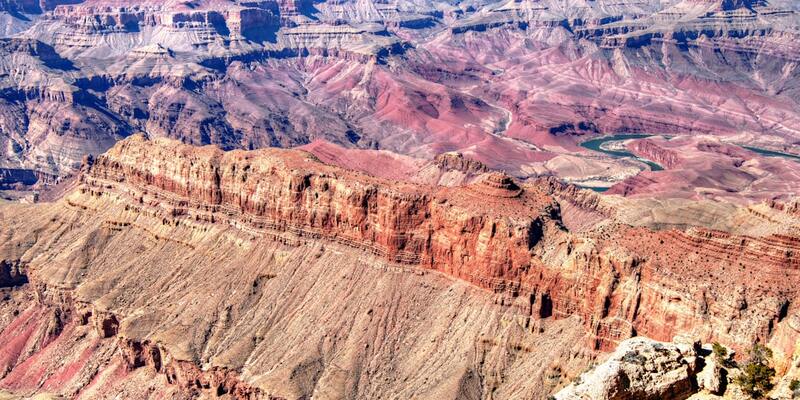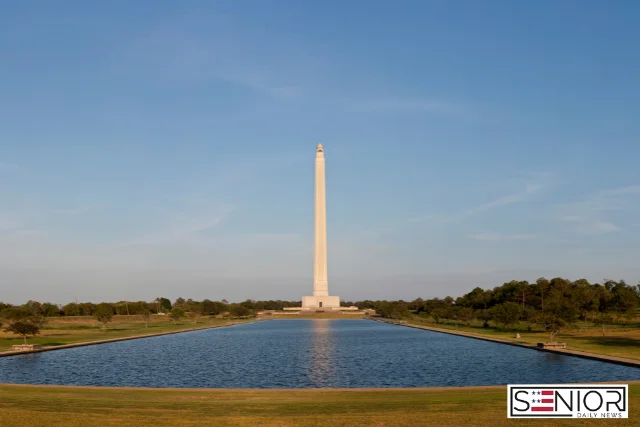The Grand Canyon: A Timeless Wonder of the World

The Grand Canyon, with its breathtaking vistas and awe-inspiring size, is one of the most magnificent natural wonders on Earth. For senior citizens, a visit to the Grand Canyon is more than just a trip—it’s a journey into the heart of nature’s grandeur, where history, geology, and beauty converge in a landscape that has been sculpted over millions of years.
A Geological Masterpiece
The Grand Canyon is located in northern Arizona and stretches over 277 miles in length, up to 18 miles in width, and more than a mile deep. This vast chasm was carved by the Colorado River over millions of years, revealing layers of rock that tell the story of Earth’s history. The canyon’s oldest rocks, found at the bottom, are nearly 2 billion years old, while the upper layers are much younger, dating back around 200 million years.
For those who appreciate the passage of time, the Grand Canyon offers a tangible connection to Earth’s ancient past. The colorful layers of rock, ranging from deep reds and purples to pale yellows and greens, each represent a different period in geological history. As you stand on the rim of the canyon, gazing out over this natural wonder, it’s humbling to think about the eons of time that have passed, shaping the landscape into what we see today.
The Beauty of Nature
The Grand Canyon is not just a geological marvel; it is also a place of stunning natural beauty. The canyon’s vastness is difficult to comprehend, and the interplay of light and shadow across its rugged terrain creates an ever-changing tapestry of color and texture. Sunrise and sunset are particularly magical times to experience the canyon, as the sun’s rays bathe the rocks in a warm, golden glow, casting long shadows that accentuate the depth and contours of the landscape.
For seniors, the beauty of the Grand Canyon can be a source of inspiration and reflection. The sheer scale of the canyon, combined with the serenity of the surrounding wilderness, offers a peaceful retreat from the hustle and bustle of everyday life. Whether you’re taking in the view from one of the many lookout points along the South Rim, hiking a trail, or simply sitting quietly and absorbing the sights and sounds of the canyon, the experience is sure to leave a lasting impression.
A Place of Adventure and Exploration
While the Grand Canyon’s beauty can be enjoyed from the rim, there are also many opportunities for adventure and exploration. For those who are up for a bit of activity, there are a variety of trails that allow you to experience the canyon up close. The Bright Angel Trail and the South Kaibab Trail are two popular routes that offer spectacular views as they descend into the canyon. However, it’s important to remember that hiking in the Grand Canyon requires preparation and caution, especially for seniors. The elevation changes, steep paths, and desert climate can be challenging, so it’s essential to be in good health and take necessary precautions.
For those who prefer a less strenuous experience, there are guided tours, scenic drives, and even mule rides that allow you to explore the canyon in comfort. The Grand Canyon Railway, which operates between the town of Williams and the South Rim, offers a nostalgic journey through the Arizona countryside, complete with vintage train cars and a friendly, knowledgeable crew.
The Grand Canyon’s Cultural Significance
The Grand Canyon is not only a natural wonder but also a place of deep cultural and spiritual significance. For thousands of years, Native American tribes, including the Hopi, Navajo, and Havasupai, have called the canyon home. These tribes have rich traditions and stories that are deeply intertwined with the landscape. Visiting the Grand Canyon provides an opportunity to learn about the history and culture of these indigenous peoples and to appreciate the spiritual connection they have with the land.
The Grand Canyon is also a UNESCO World Heritage Site, recognized for its outstanding universal value. It attracts millions of visitors from around the world each year, all of whom come to witness the grandeur of this iconic landscape. For seniors, visiting the Grand Canyon can be a chance to connect with people from different cultures and backgrounds, all drawn together by the shared experience of marveling at one of the world’s greatest natural wonders.
Planning Your Visit
For seniors planning a visit to the Grand Canyon, there are a few things to keep in mind to ensure a safe and enjoyable trip. The South Rim is the most accessible part of the canyon and is open year-round. It offers a variety of accommodations, dining options, and visitor services. The North Rim, which is higher in elevation and more remote, is open seasonally from mid-May to mid-October and offers a quieter, less crowded experience.
When visiting, it’s important to dress appropriately for the weather, which can vary greatly depending on the time of year and time of day. The high elevation means that temperatures can be cool, especially in the morning and evening, so it’s a good idea to bring layers. Be sure to stay hydrated, wear sunscreen, and take your time to fully appreciate the sights.
A Lasting Memory
A visit to the Grand Canyon is an experience that stays with you long after you’ve returned home. For seniors, it’s a chance to witness the majesty of one of the world’s most remarkable natural wonders, to reflect on the passage of time, and to find peace in the beauty of nature. Whether it’s your first visit or a return trip, the Grand Canyon never fails to inspire awe and wonder. It’s a place where the natural world reveals its incredible power and beauty, offering a timeless reminder of the splendor and resilience of our planet.






